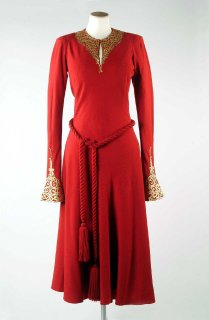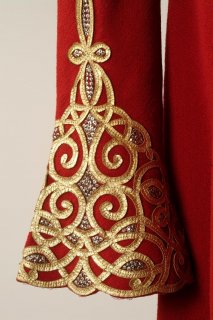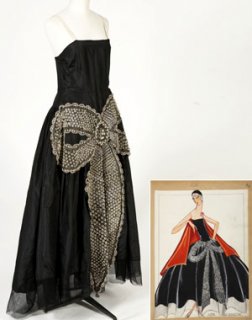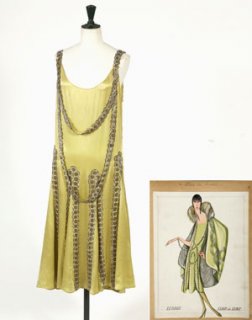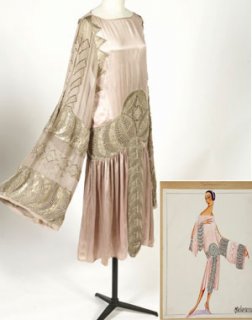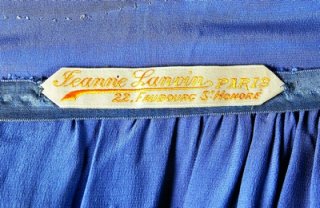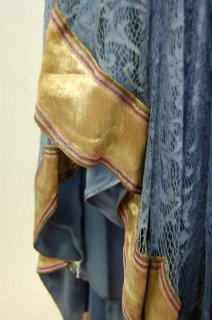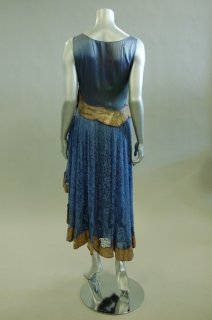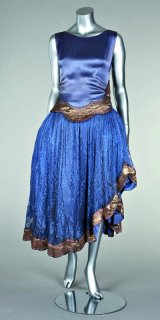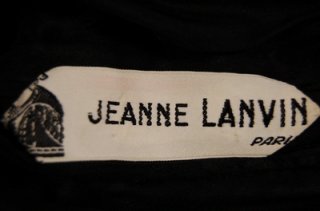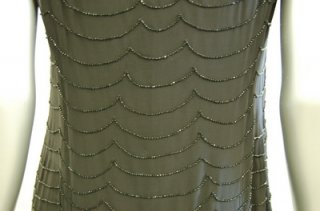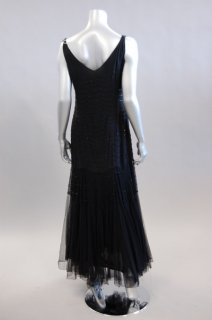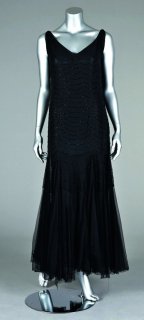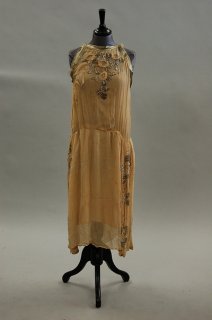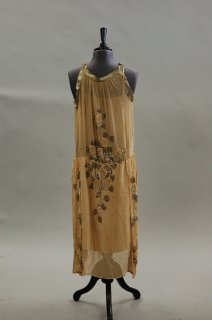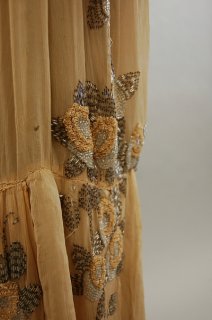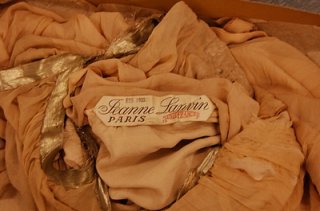lady in the dark
"I've spent ten years of my life doing this," says Dean Merceron of his new book, "Lanvin" (Rizzoli). "At this point, I feel like Madame Lanvin is the grandmother I never met." When he first started work on Lanvin, the house was considered a dusty relic. Enter Alber Elbaz—who wrote the foreword for the book—and interest exploded, a nice development for a designer Merceron considers to have been unfairly ignored by fashion historians. "Her attention to detail was incredible," he says. "She built her own dye factories so that her colors couldn't be copied by anyone else! She never tried to dress the masses—like Alber, she was always looking ahead to what women might want next." As he got ready to sign copies of his book at Rizzoli this evening, the author sat down with us for a chat about the oldest continuously operating couture house in Paris.
What was the house of Lanvin known for?
It was known for its ladylike, feminine style. Madame Lanvin would often dress several generations of the same family, adapting styles for them. The debutante might get no sleeves and a lower neckline, while the grandmother got long sleeves and a high neck. It was about surface embellishment like beading and embroidery and gorgeous fabrics, not avant-garde silhouettes. And she made beautiful lingerie.
Jeanne Lanvin had a very long career—she founded the house in 1909 and was still working when she died in 1946. How did she fit in with her contemporaries?
She was never a self-publicizer like Poiret or Chanel. And she was older—she was born in 1867—so she wasn't a model for her own clothes the way Chanel was. She didn't work the publicity circuit, which is probably why she was forgotten. She was more interested in her daughter and her dogs.
So, who was her clientele?
Lots of wealthy Americans—the Whitneys; the Vanderbilts; the Clarks, who were the Singer sewing-machine heirs. They were more adventurous buyers than the French. In fact, some of the best Lanvin pieces are in the U.S.
One of the signature styles of the House of Lanvin was the robe de style. Can you describe those?
The robe de style was based on the eighteenth -entury silhouette—a wide skirt held out by panniers and a flat tummy and flat derriere. It was much softer when Madame Lanvin did it, but it was still a wide-at-the-hips silhouette. It was a dress she made over and over again, adapting it by making it shorter or more décolleté, depending on who was wearing it and what was in fashion. Now women would think that they wouldn't want to wear something that made their hips look wider, but let's get real—no one thought those were your real hips.
—Nancy MacDonell
Friday, October 26, 2007

